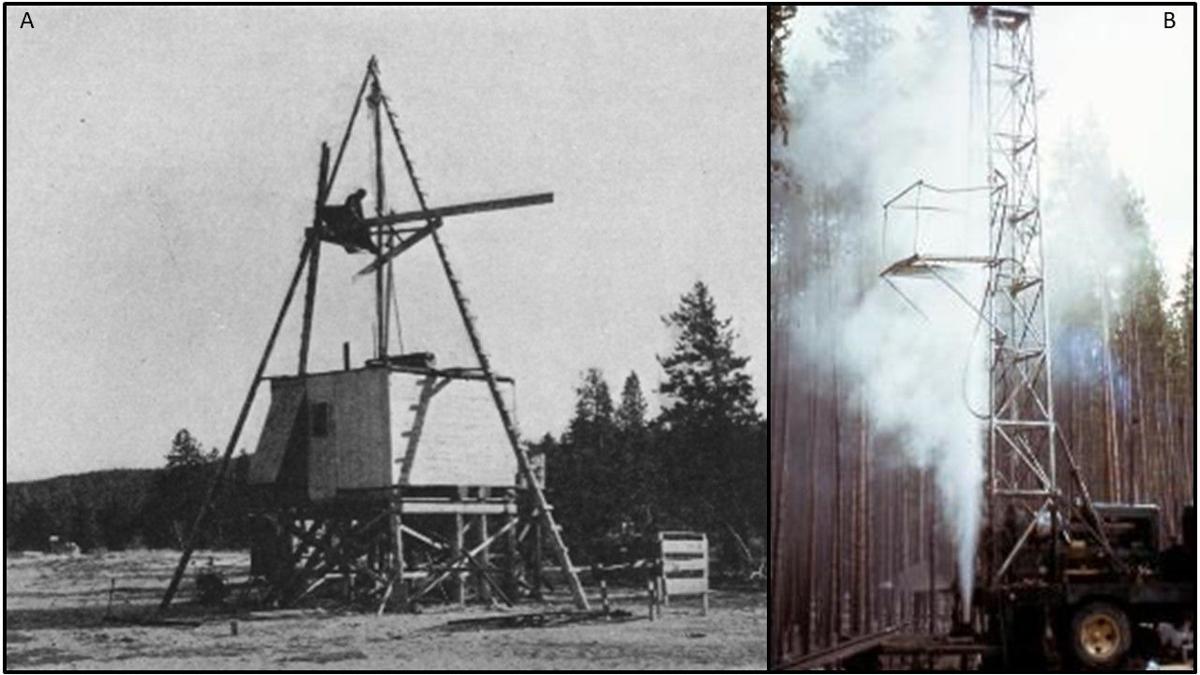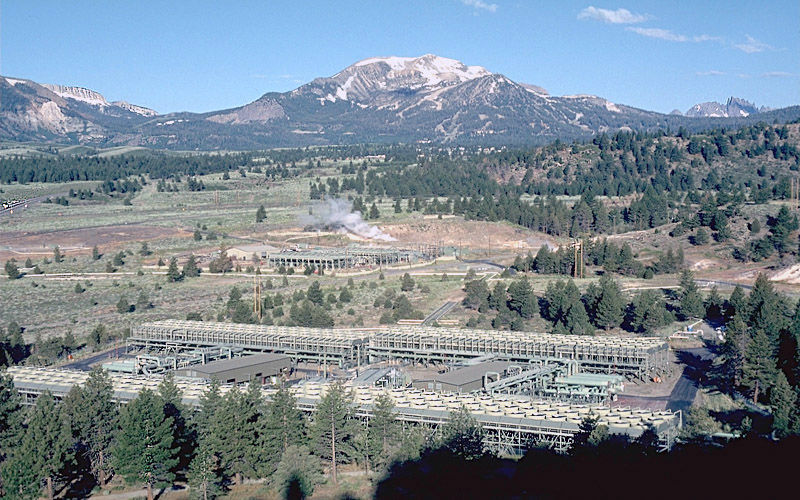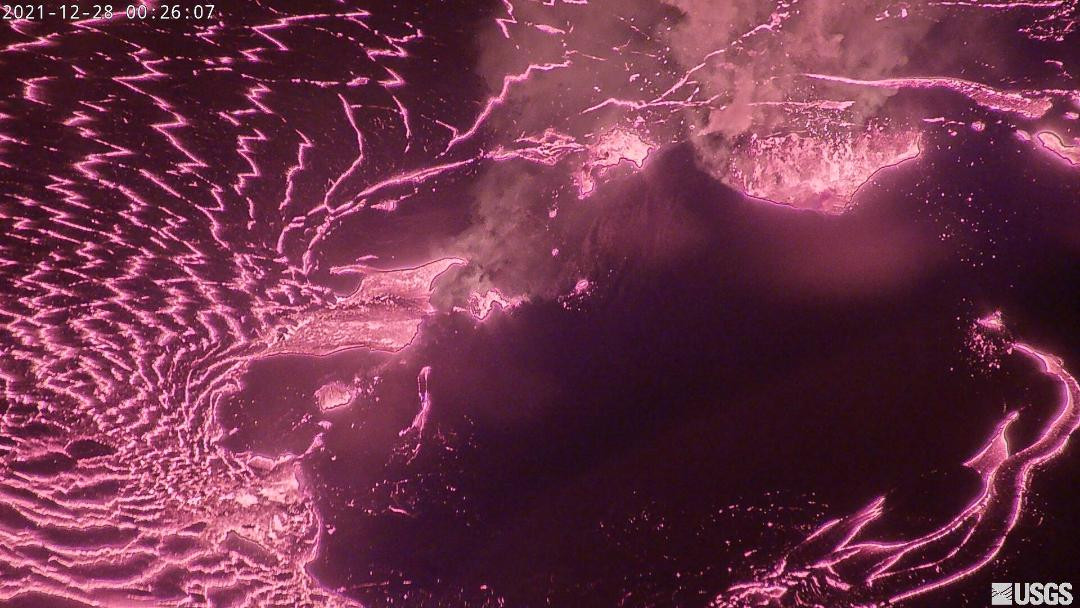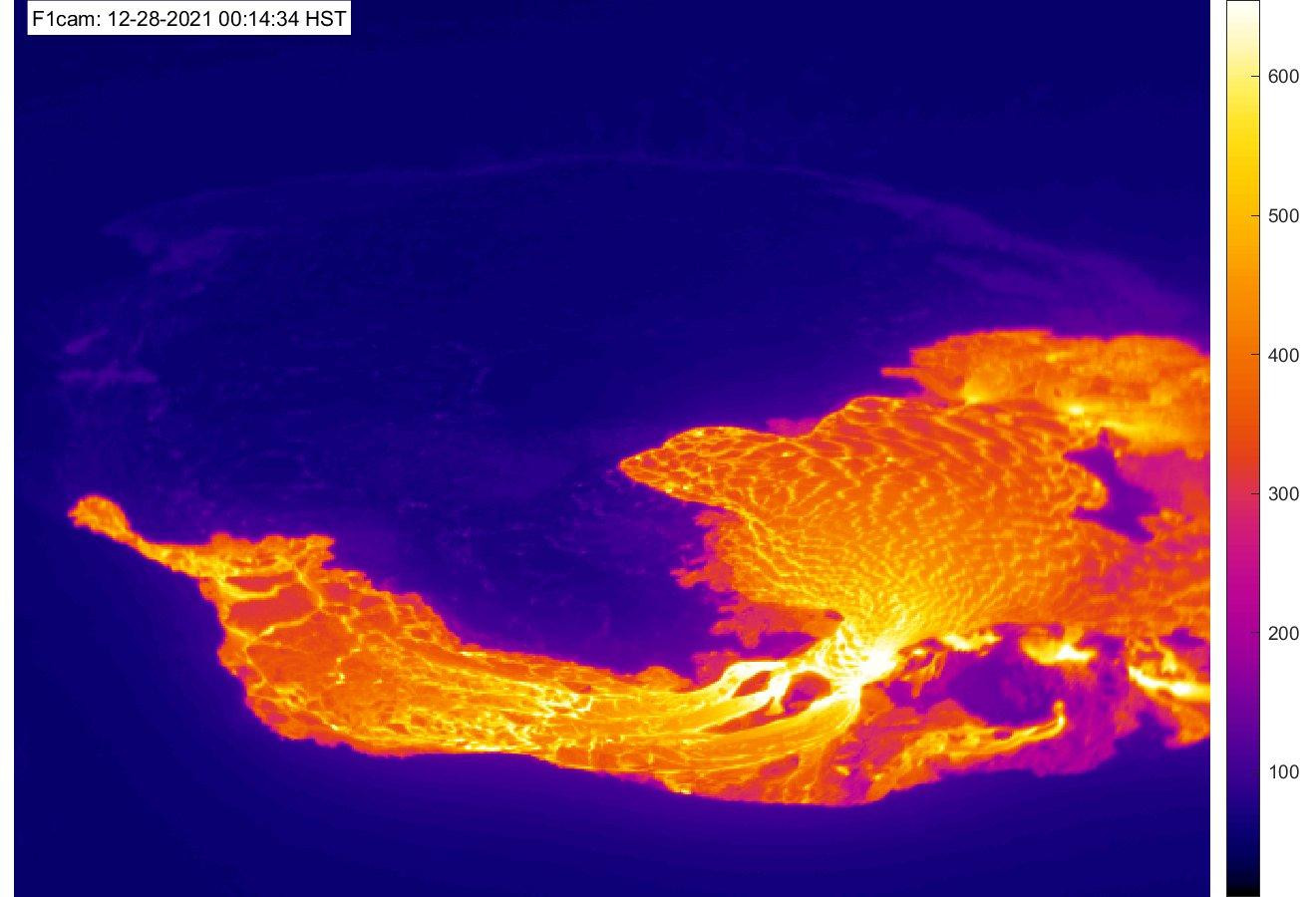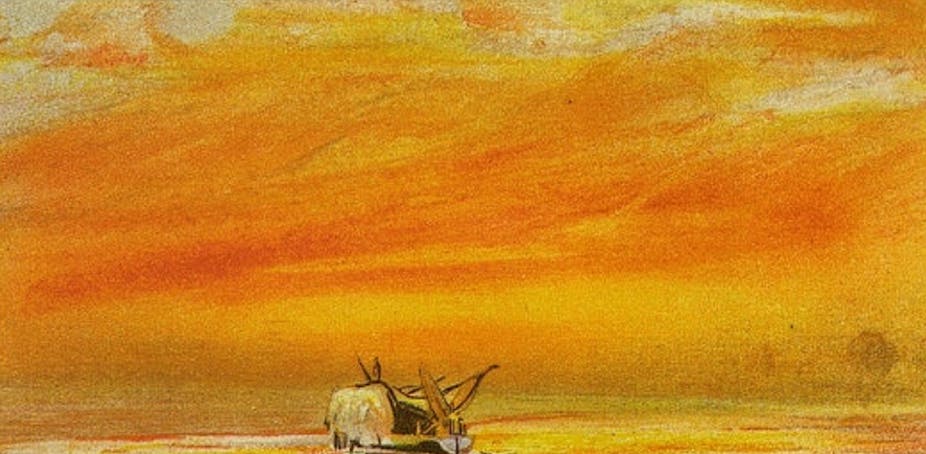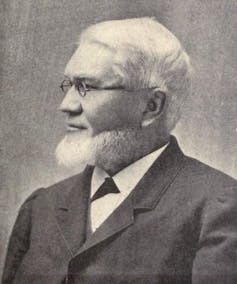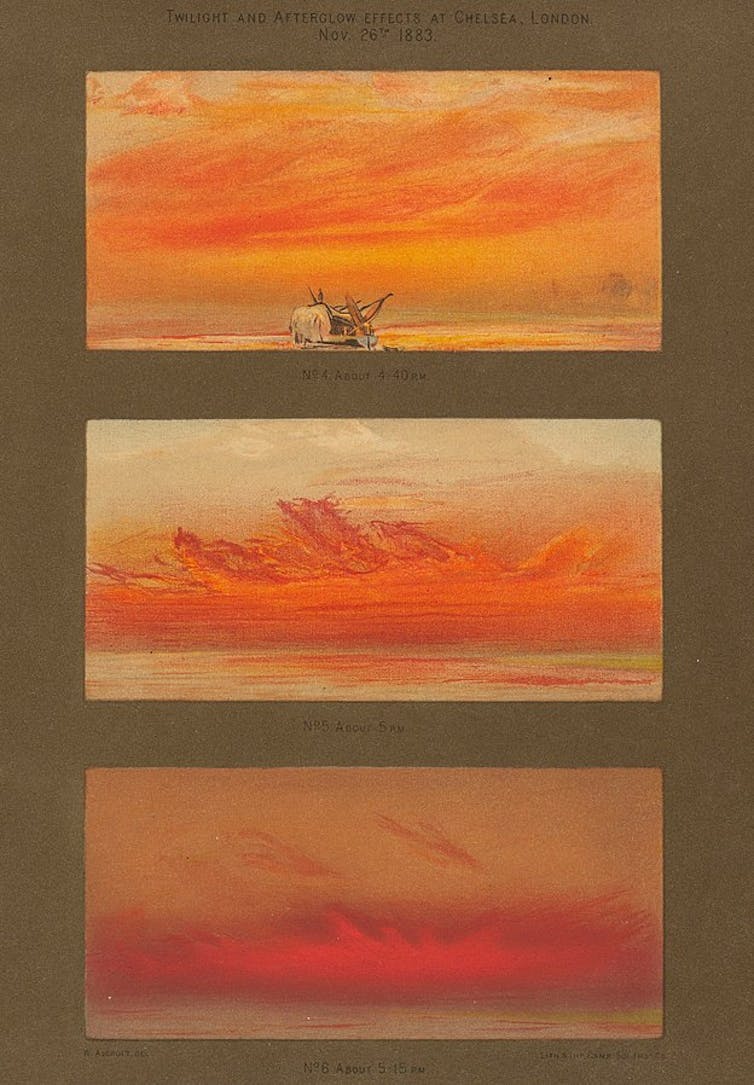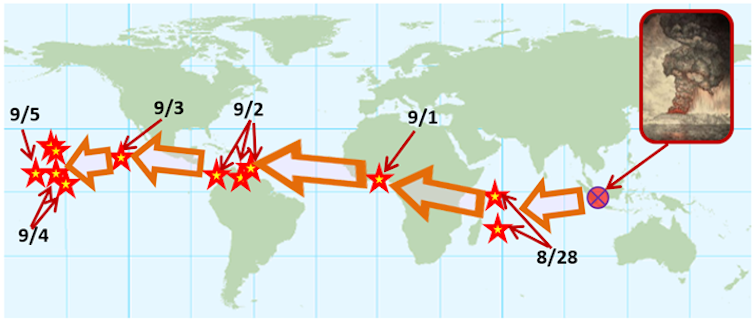December 28, 2021

PHILEX MINING Corp. said on Monday that its labor unit voted to go on strike, citing bargaining deadlock as the alleged ground.
In a stock exchange disclosure, Philex said Philex Mines Independent Labor Union (PMILU) submitted the results of the strike vote referendum on Dec. 27 to the Department of Labor and Employment (DoLE).
It said that on Dec. 23, PMILU voted to reject Philex’s “improved” offer in the negotiation of their collective bargaining agreement.
In a Viber message, Philex Public and Regulatory Affairs Head Francis G. Ballesteros said the company “remains focused on resolving this issue in coordination” with the DoLE, reiterating what was said in the disclosure.
Last week, Philex announced its plan for a $224-million copper and gold mining project in Surigao del Norte. It will be ready for commercial use by late 2024 or early 2025, it said.
On Monday, shares in Philex rose 2.24% or 11 centavos to close at P5.01 apiece.
Philex is one of three Philippine units of Hong Kong-based First Pacific Co. Ltd., the others being Metro Pacific Investments Corp. and PLDT, Inc.
Hastings Holdings, Inc., a unit of PLDT Beneficial Trust Fund subsidiary MediaQuest Holdings, Inc., has interest in BusinessWorld through the Philippine Star Group, which it controls. — Luisa Maria Jacinta C. Jocson



